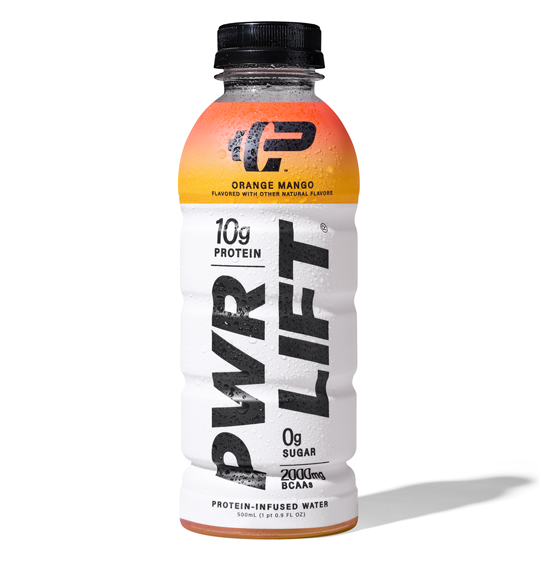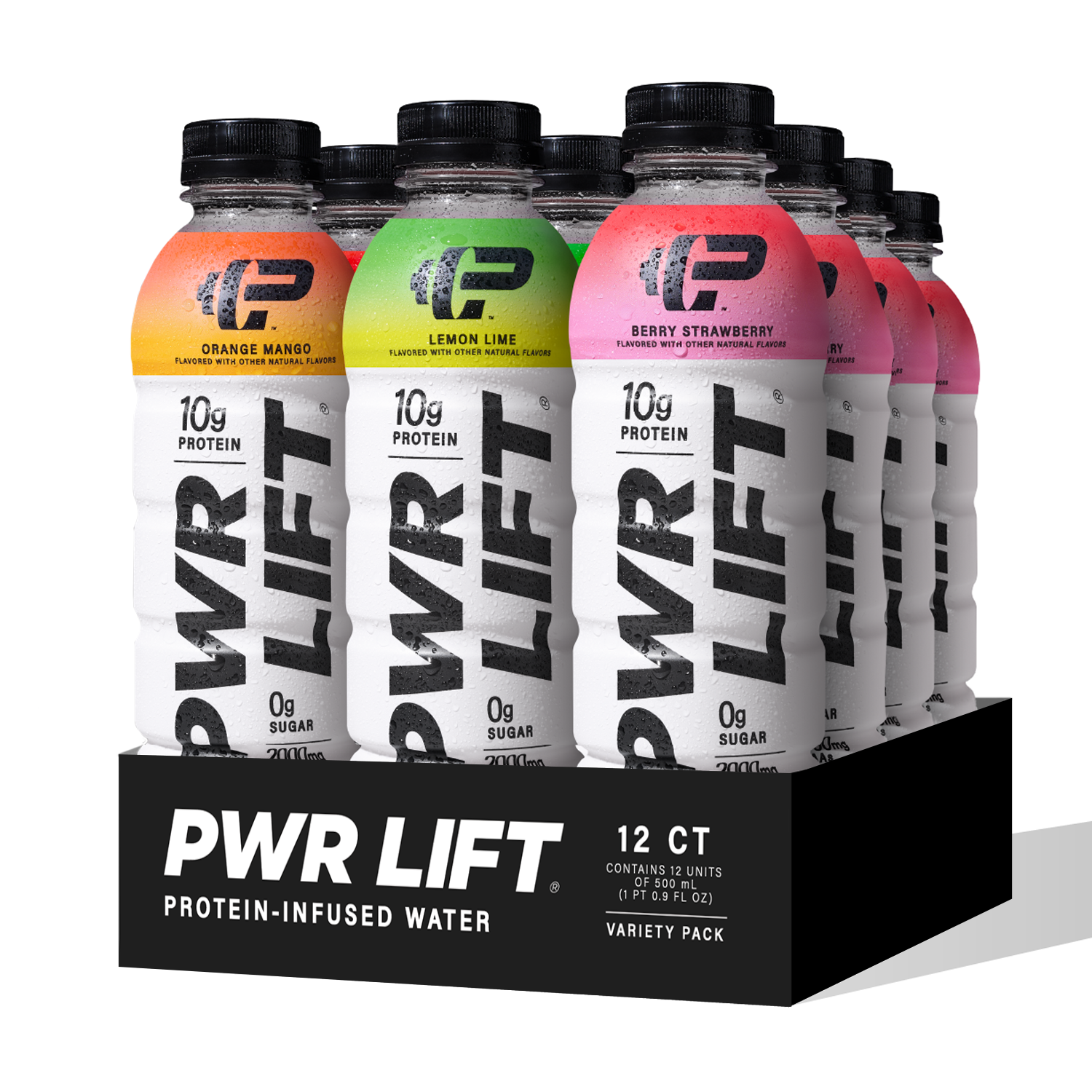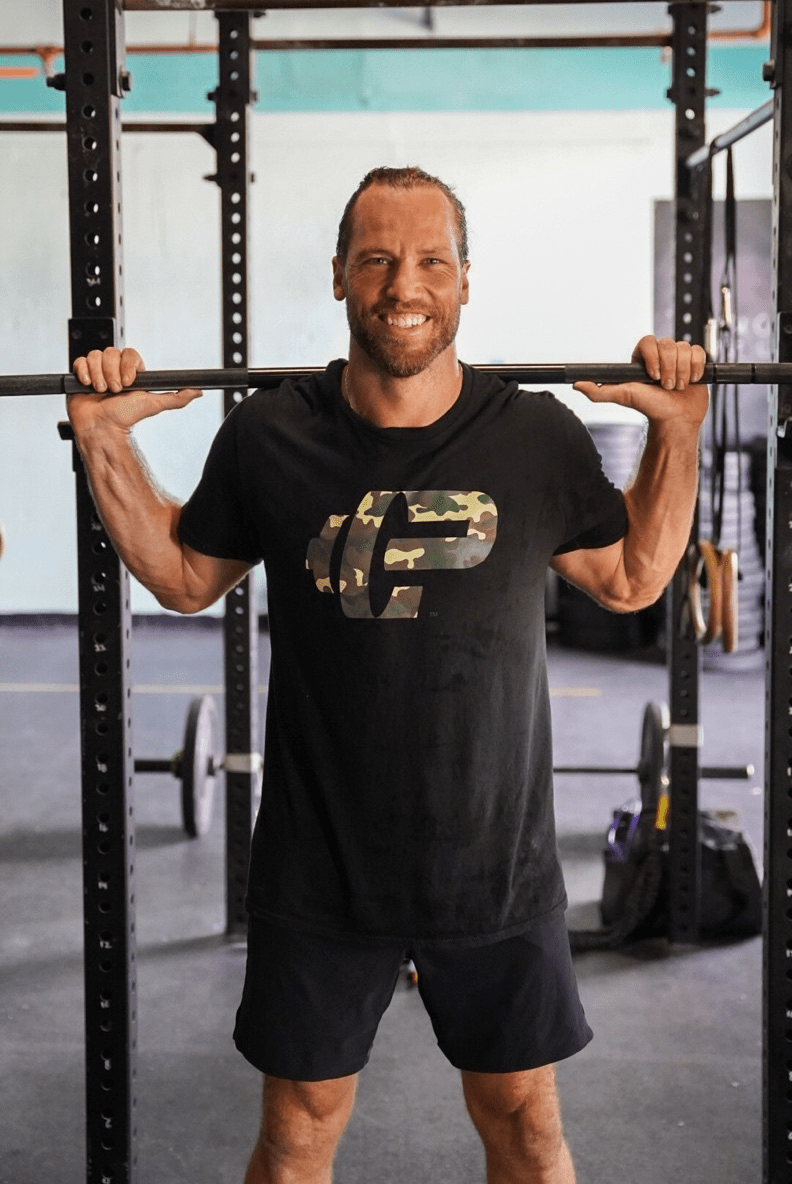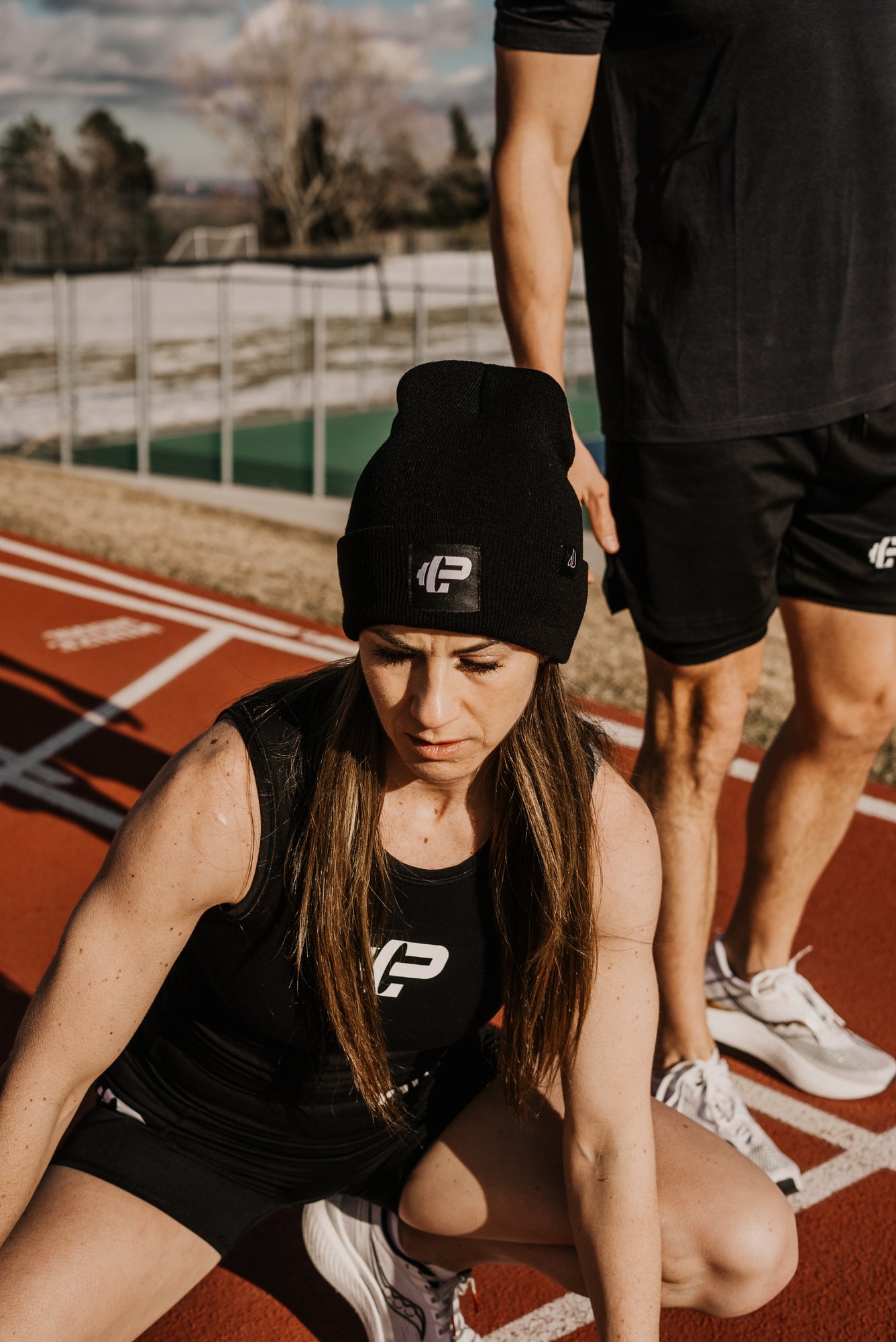At PWR LIFT, we’re all about creating a well-rounded athlete, and recovery is a large part of that process. Your recovery is oftentimes even more important than your workout.
Sure, you’re stretching, foam rolling, rehydrating, and intaking post-workout protein, but just like with your workout routine, it can be beneficial to mix up your recovery methods. Cold therapy is one way you can switch up your routine and squeeze out some incredible recovery benefits.
What Is Cold Therapy?

The more traditional and well-known method of cold therapy utilizes ice packs and cooling gels to treat isolated areas in a more surface level manner. When used on sore or injured muscles and joints, cold application slows blood flow to the affected area and reduces swelling and pain. However, more modern takes on cold therapy include ice baths and cold showers that involve full body immersion and offer a more holistic approach to recovery.
Besides reducing inflammation and soreness in muscles, athletes will benefit from consistent full-body cold therapy in other ways. For instance, it has mood-boosting effects. Past research in the European Journal of Applied Psychology states that submerging your body in cold water increases your dopamine—the chemical that allows you to feel pleasure, satisfaction and motivation—by 250 percent.
Ice baths and cold showers may also help athletes build up resilience against stressors. Cold exposure triggers the release of hormones like adrenaline, epinephrine, and noradrenaline, which are part of the body’s natural stress response.
The report further details that after a while, frequent exposure to cold allows your body to adapt to the stressor and become more comfortable in this state. When your body experiences extreme situations and remains calm, you begin to train both your body and mind to react differently to feelings like anxiety or lack of control.
A similar study from the National Library of Medicine found that when you’re taking an ice bath or a cold shower, many of the major systems in your body are set in motion. The nervous system response that cold immersion triggers activates the cardiovascular, endocrine, and immune systems and has been linked to improvements in sleep and metabolism.
Great. Now What Exactly Do I Do?

Methods
Tackling cold therapy for the very first time may seem daunting, but it’s simpler than you think to start. Here are some methods to try:
-
Ice Packs/Cooling Gels: This method is best if you’re looking for some isolated recovery. Feeling soreness in your knee or swelling in your elbow? Grab a cold icepack and apply it to the affected region for 10-15 minutes for immediate relief.
-
Cold Showers: If you’re looking for an introduction to full-body cold therapy, cold showers are a great place to start. Take one to two minutes out of your shower and turn the knob to cold. It can be hard to make yourself get into a cold shower, so try starting with a hot or warm shower and slowly turn the knob more and more every 10-15 seconds.
- Ice Baths: Cold tub therapy has gained a ton of popularity in the last decade. You can look up athletic recovery centers and gyms in your area that offer cold tubs as a service or an amenity, but if you don’t have access to this type of facility, you can simply just fill up your tub with cold water and ice and then soak yourself in the tub for about 10-15 minutes. And it’s totally ok to work yourself up to these times. Start small with one or two minute-long sessions until your body gets used to the cold.
Timing
In his newsletter, Huberman Lab, Dr. Andrew Huberman, a neuroscientist and Stanford professor, recommends at least 11 minutes a week of cold exposure to receive a minimal effective dose. He adds that usually two to four sessions a week lasting anywhere from two to six minutes is the optimal breakdown.
While Dr. Huberman’s method may be the ideal amount of begin to reap the rewards of cold therapy, don’t forget to meet yourself where you’re at. Especially if you are just starting out, do whatever is comfortable for you and—just like the cold showers—work your way up to 11 minutes a week.
Breathing
No matter how you use the cold, remember to focus on your breathing. It’s important to breathe slowly and consistently. Aim for controlled, deep inhalations and long exhalations without any pauses between breaths. Keep your breath at the forefront of your focus, and next thing you know, you’ll be standing in ice cold water—cool, calm, and feeling more alive than ever.
Cold Therapy Is Recovery. PWR LIFT Is Recovery.
While cold therapy is an effective and invigorating recovery technique, it should not replace other tried and true methods such as stretching, foam rolling, rehydrating, and refueling. And when it comes to rehydrating and refueling, PWR LIFT has you covered. With 10g of protein and all five electrolytes, PWR LIFT will ensure that you’re taking full advantage of the The Prime Window of Recovery TM.
So next time you finish a brutal HIIT workout or a 10-mile run, grab a PWR LIFT, take a slow, deep breath, and hop in that ice bath. Your body will thank you later.






